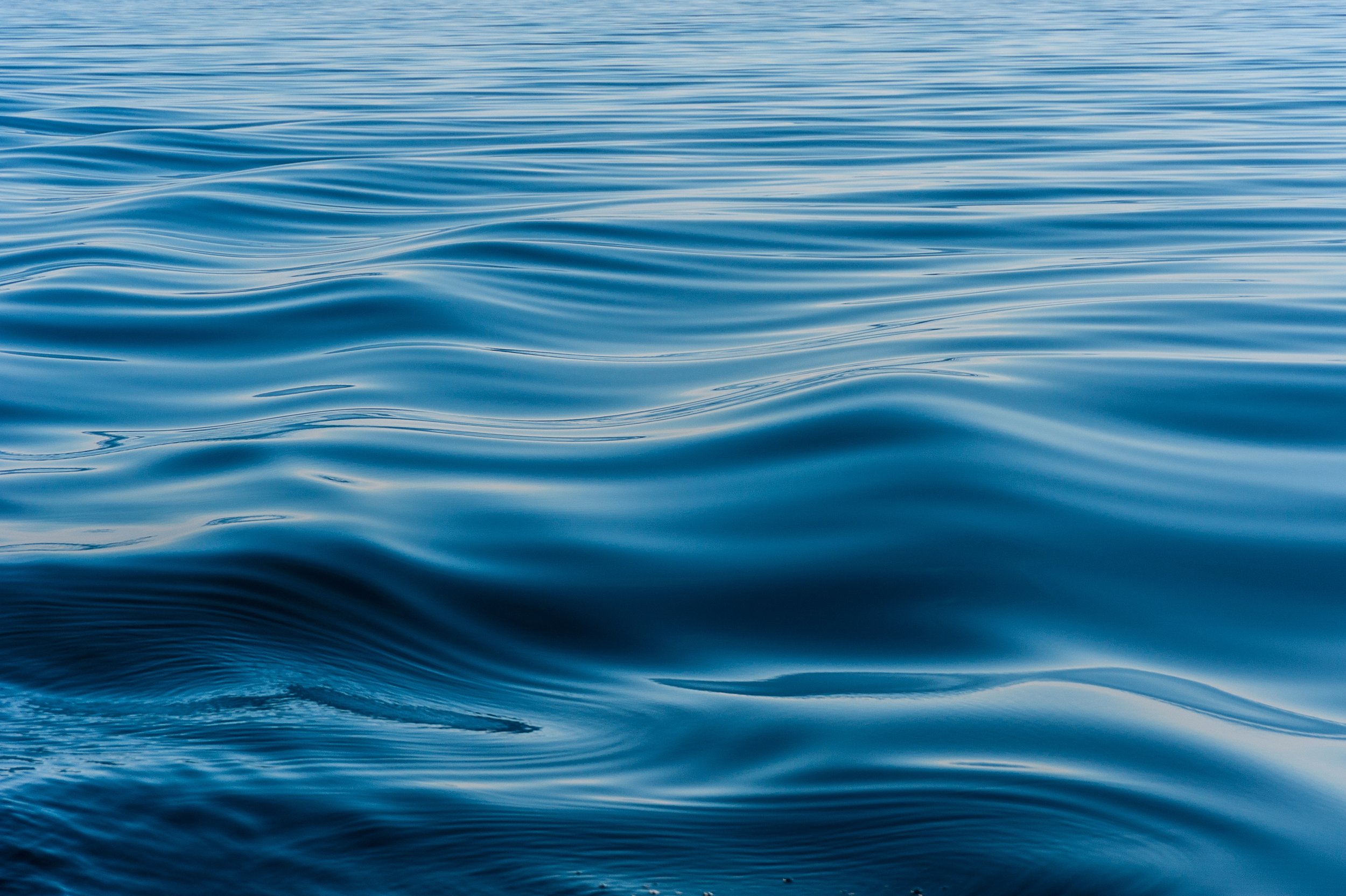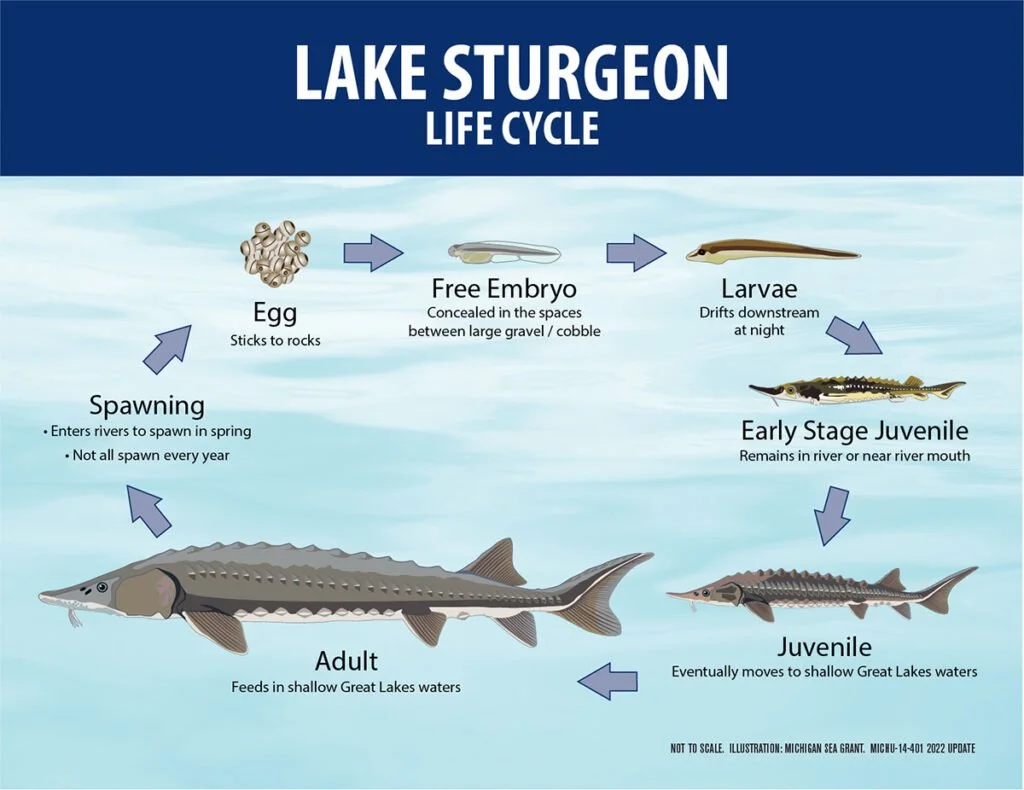
What is a Sturgeon?
Sturgeon belong to the family Acipenseridae and have existed for over 150 million years, meaning they swam with the dinosaurs!
They are considered living fossils because their anatomy has changed very little over time.
Sturgeon play an important role in our ecosystem.
As bottom-feeders, sturgeon help keep waterways clean by controlling populations of small aquatic organisms.
They are an indicator species, meaning their presence reflects the overall health of a river system.
Sturgeon are slow to mature, often taking 15-25 years before they can reproduce.
They spawn in fast-moving, rocky riverbeds, laying thousands of eggs at a time.
Many species are anadromous, meaning they migrate from freshwater rivers to brackish or saltwater but return to freshwater to spawn.
Sturgeon Facts
Depending on the species, sturgeon can grow over 7 feet long and weigh up to 300 pounds (some even larger!).
Sturgeon are one of the longest-living freshwater fish, with some reaching over 100 years old.
Unlike most fish, sturgeon have a cartilaginous skeleton (like sharks), making them more flexible.
Instead of scales, sturgeon have bony plates called scutes running along their bodies for protection.
Barbels are the whisker-like sensory organs near their mouths that help them detect food in murky waters.
Sturgeon are bottom-feeders, meaning they search for food along the riverbed.
Their diet includes insects, mollusks, small fish, and crustaceans.
They don’t have teeth—instead, they use their vacuum-like mouths to suck up prey.



